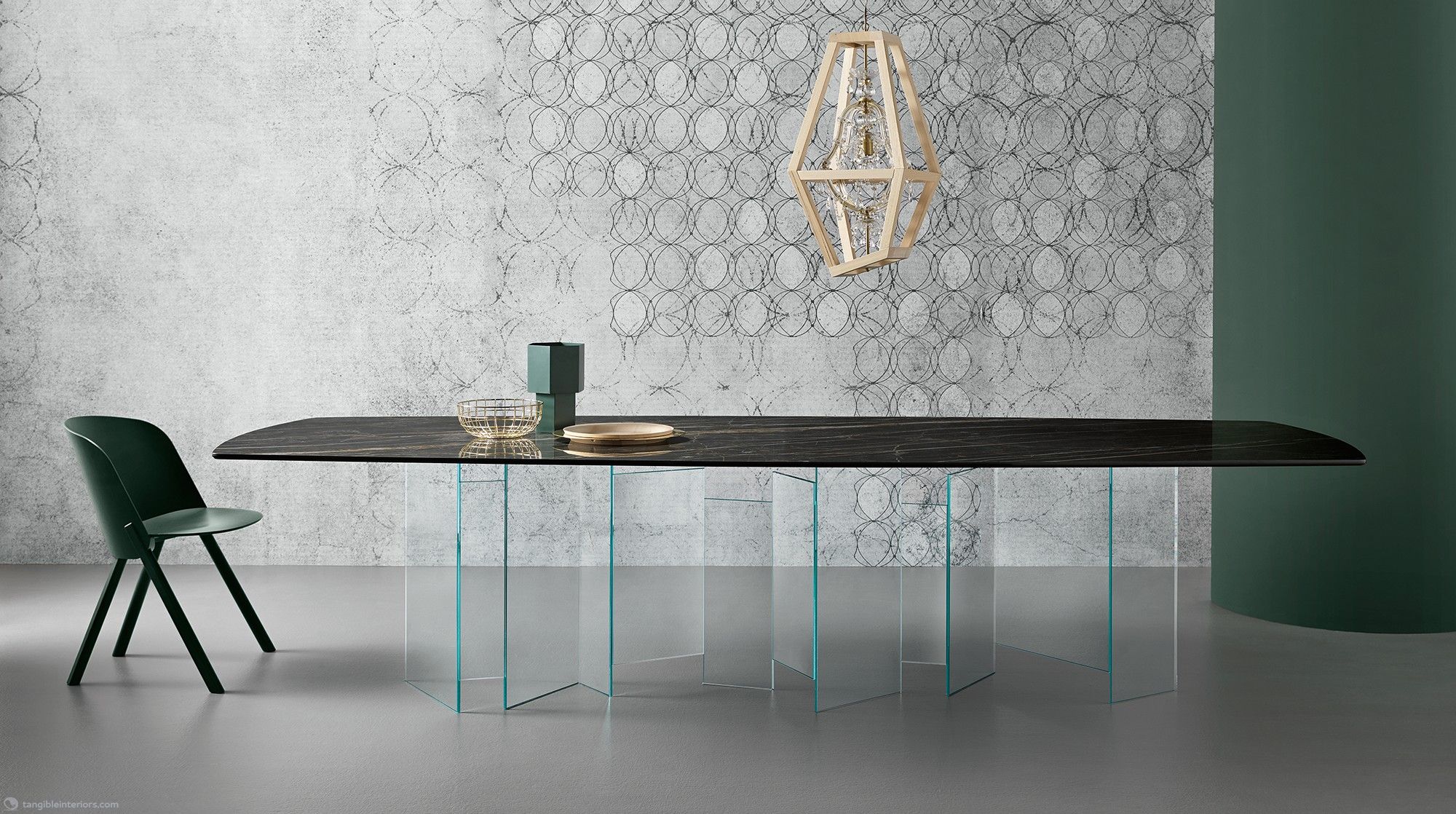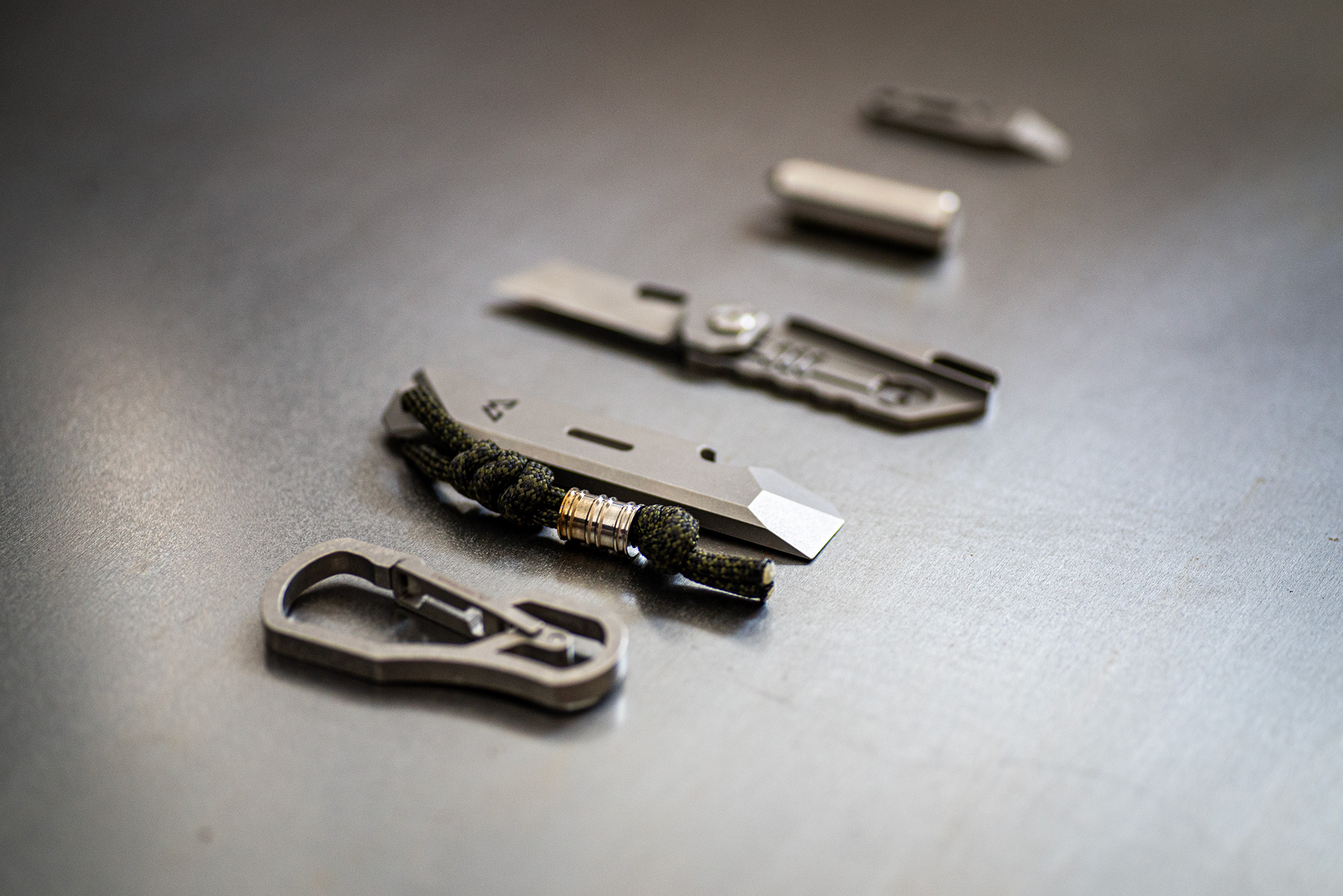What 15 Years of Designing Kitchens Has Taught Me
After designing over 400 kitchens, I’ve seen every mistake, every regret, and every “I wish I’d known that sooner” moment. Today, I’m pulling back the curtain on everything I tell my clients about kitchen and cabinets – the stuff you won’t find in manufacturer brochures or showroom sales pitches.
Here’s what most people don’t realize: choosing kitchen cabinets kitchen cabinets isn’t really about cabinets at all. It’s about understanding how you live, cook, and move through your space. The prettiest cabinets in the world won’t make you happy if they don’t work with your daily routine.
I’ve watched clients fall in love with magazine photos, only to realize six months after installation that those beautiful cabinets don’t actually hold their pots or that the style they chose already feels dated. My goal today is to help you avoid those mistakes and make choices you’ll still love ten years from now.
What’s Really Happening in Kitchen Design Right Now
Let me tell you what I’m seeing in 2025 that’s actually worth your attention. After years of everyone requesting identical white kitchen cabinets with shaker doors, something shifted. Clients finally started asking, “Can we do something different?”
The movement toward modern kitchen design with personality has been refreshing. I’m specifying more wood cabinets kitchen installations than I have in a decade. But these aren’t the orange oak from the 90s – we’re talking rich walnut, white oak with gray tones, and even darker woods that create stunning contrast.
Green has absolutely exploded this year. The National Kitchen & Bath Association called it correctly – sage greens, deep emeralds, and everything in between are flying out of showrooms. I just completed three green kitchens in the past two months alone, and each one photographs beautifully.
What surprises clients most? Black cabinets kitchen applications aren’t as dramatic as they fear. When balanced with good lighting and lighter elements, black creates this sophisticated backdrop that makes everything else in the room pop. Plus, they’re incredibly forgiving for families – fingerprints and water spots basically disappear.
The other trend I’m actively encouraging is mixed materials. Instead of matching everything perfectly, we’re pairing painted uppers with wood lowers, or creating statement islands in different finishes. This approach adds depth and interest while often being more practical when repairs or replacements become necessary down the road.
Contemporary kitchen cabinets also embrace texture differently now. Matte finishes have largely replaced glossy ones in my projects because they photograph better, hide imperfections, and honestly just feel more sophisticated. When clients ask about finishes, I almost always steer them toward matte unless they have a specific reason for wanting shine.
Understanding Cabinet Quality: What I Look For
Let me share what I examine when evaluating kitchen cabinets near me for clients. Construction quality varies enormously, and price doesn’t always reflect actual value.
The Box Construction matters more than most people realize. I look for solid plywood boxes rather than particleboard. The difference in longevity is significant. Full-extension drawer glides should be standard, not an upgrade. Soft-close mechanisms aren’t just luxury features – they protect your investment and reduce noise.
Door and Drawer Fronts reveal quality instantly. Five-piece doors with mortise-and-tenon joinery outlast cheaper construction methods. The finish should feel smooth and even, without drips or rough spots. I run my hand across samples because you’ll touch these surfaces thousands of times over their lifespan.
Interior Details separate good cabinets from great ones. Adjustable shelves give flexibility as your needs change. Dovetail drawer construction creates stronger joints than stapled corners. Interior finishes should be cleanable and durable – I’ve seen too many cabinets with raw interiors that stain and wear quickly.
Cabinet Types: Matching Solutions to Real Needs
In my practice, I work with four main cabinet categories, and I recommend different options depending on specific situations.
Ready-to-Assemble Options serve particular needs well. For rental properties, vacation homes, or tight budgets, these affordable kitchen cabinets running $1,000 to $8,000 deliver surprising value. I’ve specified RTA cabinets for clients who wanted to invest their budget in countertops and appliances instead, and they’ve been perfectly happy.
Stock Cabinets work beautifully for straightforward spaces. When kitchens have standard dimensions and clients want quick turnaround, stock options from established manufacturers perform reliably. At $1,500 to $5,000, they represent solid value. Most cabinets store locations carry extensive stock selections, making replacement parts accessible if needed later.
Semi-Custom Solutions solve most real-world challenges. About 70% of my projects use semi-custom because they offer crucial flexibility without custom pricing. At $3,000 to $12,000+, you can adjust dimensions, modify storage configurations, and select from extensive finish options. This category hits the sweet spot for most homeowners.
Custom Cabinets become necessary for specific situations. Unusual ceiling heights, irregular room shapes, or highly specific storage requirements justify the $5,000 to $30,000+ investment. I specify truly custom work when nothing else will solve the problem, not just because clients want the prestige of “custom.”
Kitchen Designer’s Honest Guide to Choosing Cabinets in 2025″>(more…)

